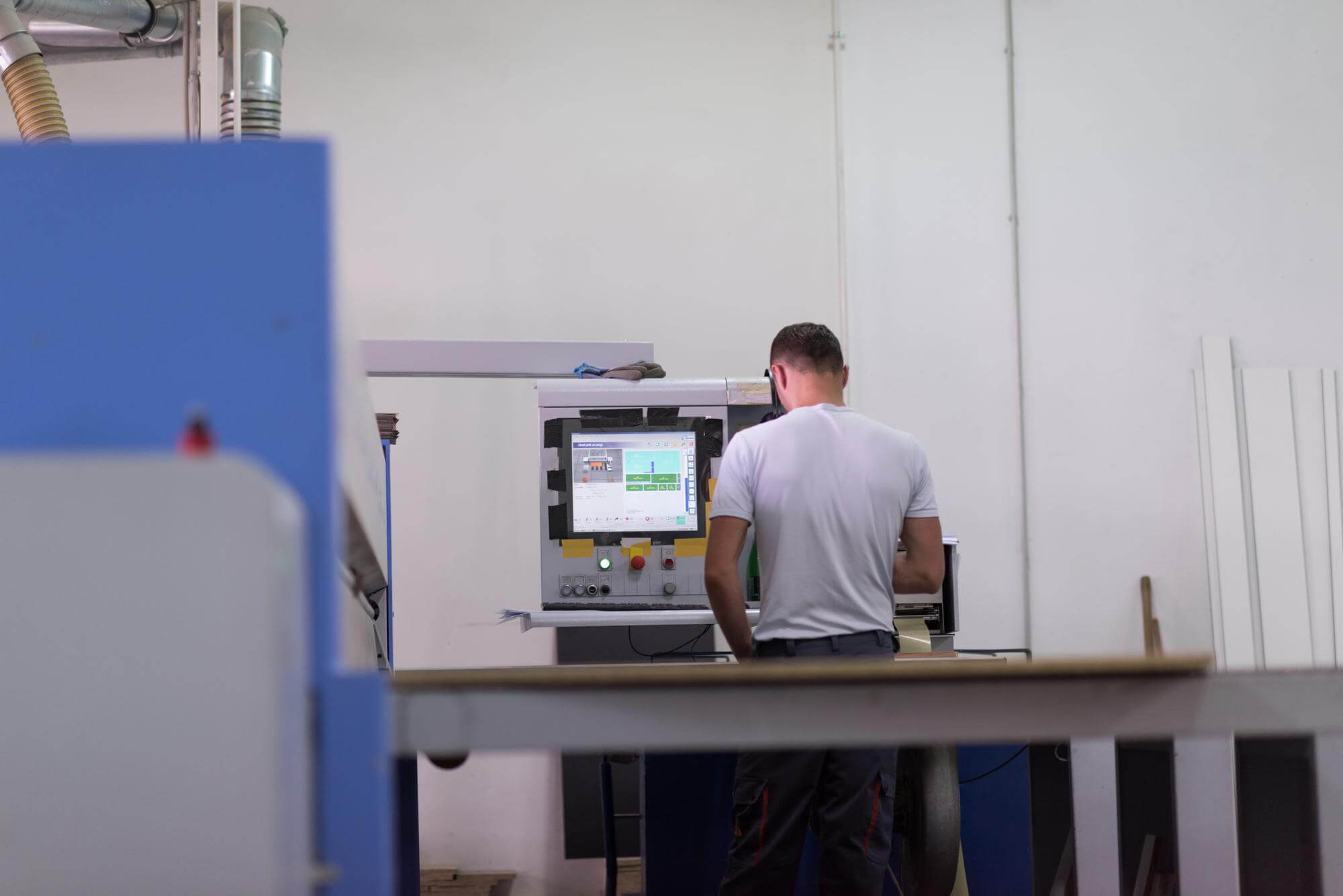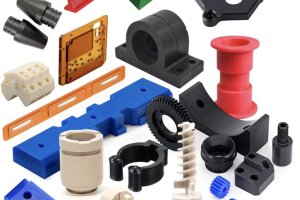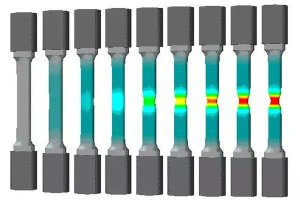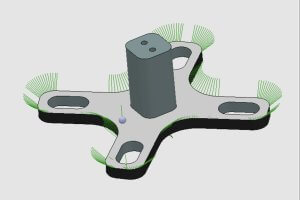The world of CNC machining is a fascinating blend of precision, technology, and artistry. At the heart of this intricate dance lies the journey of program design, a crucial process that transforms raw ideas into finely crafted parts. This journey begins with detailed process planning, grounded in the engineering drawings of the parts to be produced. Let’s dive into the essential steps and considerations that make this mechanical dance so captivating.
Gathering Initial Information and Machine Capabilities
The first step in the CNC program design process involves collecting all relevant information about the part to be machined. This includes the engineering drawings, material specifications, and any special requirements. Understanding the capabilities of the CNC machine is equally important. Different machines have varied functionalities, such as spindle speed, feed rate, and tool compatibility, which can significantly impact the machining process.
Assessing Workpiece Complexity and Machining Features
Next, we evaluate the complexity of the workpiece and its machining features. Some parts may have simple geometries, while others might be intricate with multiple surfaces and tight tolerances. This assessment helps in determining the most efficient machining strategy and tool selection.
Manual Programming vs. Computer-Aided Programming
In the world of CNC machining, there are two primary approaches to programming: manual and computer-aided. Manual programming involves writing the code directly, which requires a deep understanding of G-codes and M-codes. On the other hand, computer-aided programming uses software to generate the code, making it easier and faster, especially for complex parts.
Typical Programming Steps and Program Structure
The structure of a CNC program typically follows a standard sequence of steps. It starts with defining the toolpaths, followed by setting the cutting parameters, and then specifying the operations. This structured approach ensures that each aspect of the machining process is accounted for, reducing the risk of errors and improving the final product’s quality.
Engineering Data and Part Drawings
Detailed engineering data and part drawings form the backbone of any CNC program. These drawings provide all the necessary dimensions, tolerances, and surface finish requirements. They serve as a reference throughout the programming process, ensuring that the final part meets the design specifications.
Process Sheets and Material Specifications
Creating detailed process sheets is another critical step. These sheets outline the machining steps, tool selections, cutting parameters, and material specifications. They act as a roadmap, guiding the machinist through each stage of the machining process.
Machining Sequence and Tool Orders
Determining the optimal machining sequence is vital for efficiency and accuracy. This involves planning the order of operations and the tools required for each step. Proper sequencing helps in minimizing tool changes and reducing cycle time.
Tool Selection, Holders, and Inserts
Selecting the right tools is crucial for achieving the desired part quality. This includes choosing the appropriate holders and inserts. For instance, high-speed steel (HSS) tools might be preferred for certain operations, while carbide inserts are better suited for others. Each tool choice impacts the machining speed, surface finish, and tool life.
Part Setup, Clamping, and Fixtures
Setting up the part correctly and securing it with the right clamping and fixtures is essential for precision machining. Proper setup minimizes vibrations and ensures that the part remains stable throughout the machining process.
Technical Requirements and Cutting Conditions
Understanding the technical requirements and cutting conditions is key to successful machining. This includes selecting the right spindle speed, feed rate, and depth of cut. These parameters must be optimized based on the material and part geometry to achieve the best results.
Quality Considerations in CNC Programming
Quality is a critical factor in CNC programming. Each step of the process, from tool selection to cutting conditions, must be carefully planned to ensure the final part meets all quality standards. This includes dimensional accuracy, surface finish, and structural integrity.
Here’s a sample data table that outlines typical cutting parameters for different materials:
| Material | Spindle Speed (RPM) | Feed Rate (mm/min) | Depth of Cut (mm) |
|---|---|---|---|
| Aluminum | 6000 | 1500 | 2 |
| Stainless Steel | 3000 | 800 | 1 |
| Titanium | 2000 | 600 | 0.5 |
| Brass | 4500 | 1200 | 2.5 |
This table serves as a quick reference for setting up cutting parameters based on the material being machined.
The journey of CNC machining parts program design is truly a mechanical dance, blending technical precision with creative problem-solving. Each step, from initial planning to final quality checks, is a critical part of this intricate process, ensuring that the final product is not only functional but also a work of art.
Other Articles You Might Enjoy
- What are the requirements for CNC machining of bearing parts?
Bearings are common and important parts in the automotive industry, which can support transmission components and transmit torque. Generally, CNC machining centers are used to process bearing parts. So what…
- Precision CNC Machining of Steel: High-Volume Production
Precision CNC Machining and High-Volume Production As an integral part of modern manufacturing processes, Precision Computer Numerical Control (CNC) machining brings about unmatched accuracy and consistency in the production of…
- Evolution of Mills and Machining Centers: The Future of CNC Machining Parts
Stepping into the world of CNC machining, you quickly realize how pivotal mills and machining centers are in crafting precise parts. Over time, these machines have evolved significantly, transforming from…
- Aluminum CNC Machining Service for Custom Parts
Aluminum CNC machining stands at the forefront of modern manufacturing, epitomizing precision, versatility, and efficiency. With its widespread applications across industries ranging from aerospace to automotive and beyond, aluminum CNC…
- Smart Choice for CNC Machining Parts: Comprehensive Analysis of Horizontal Machining Centers
When it comes to CNC machining parts, the type of machining center you choose can significantly impact the efficiency and quality of your work. Horizontal CNC machining centers (HMCs) are…
- Nickel Alloys in CNC Machining: Inconel 718 vs. Monel K-500 for Aerospace and Marine Applications?
Introduction to CNC Machining and Nickel Alloys Computer Numeric Control (CNC) machining is a pivotal process in the manufacturing industry, using pre-programmed computer software to dictate the movement of factory…









